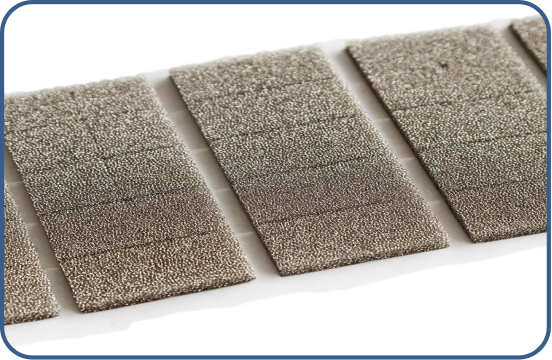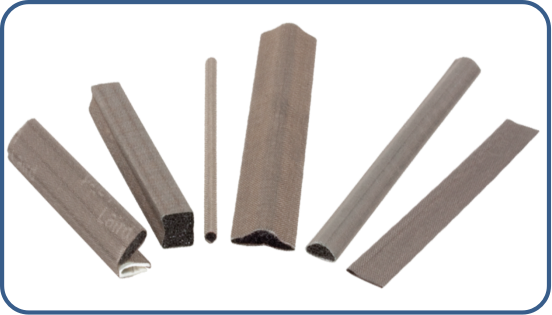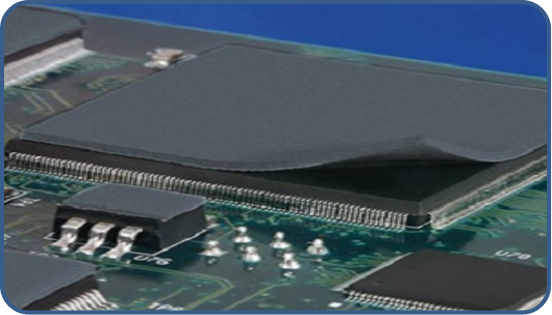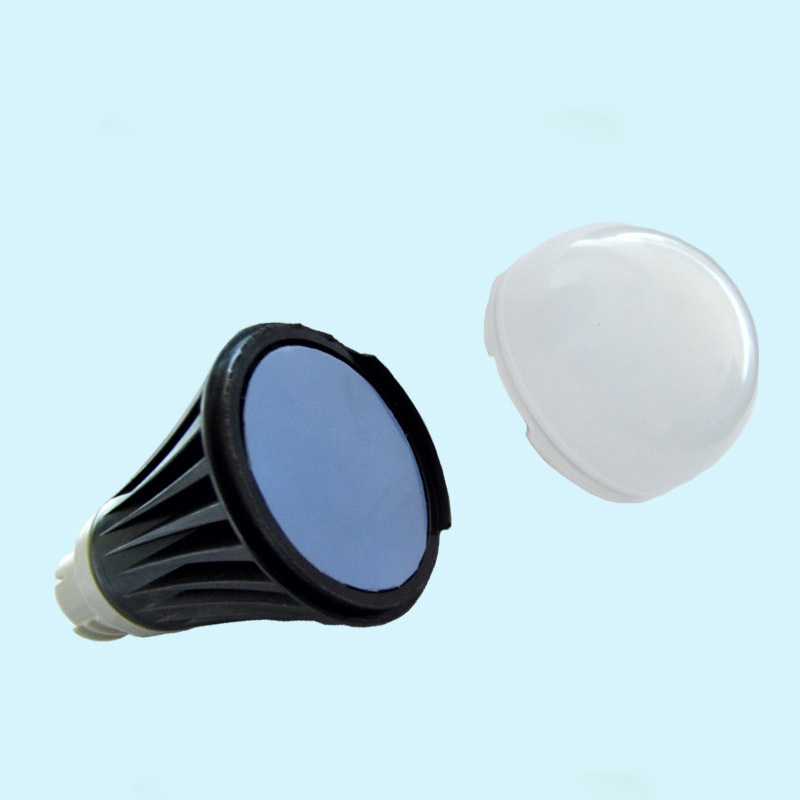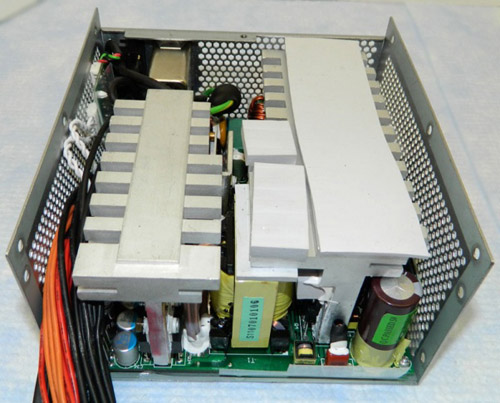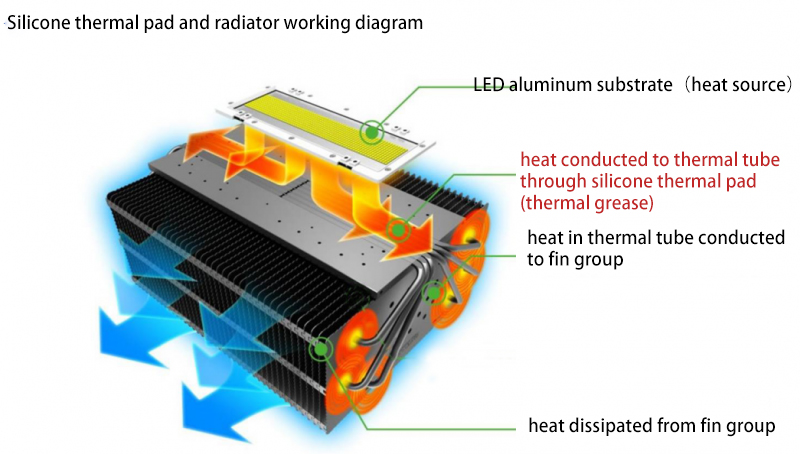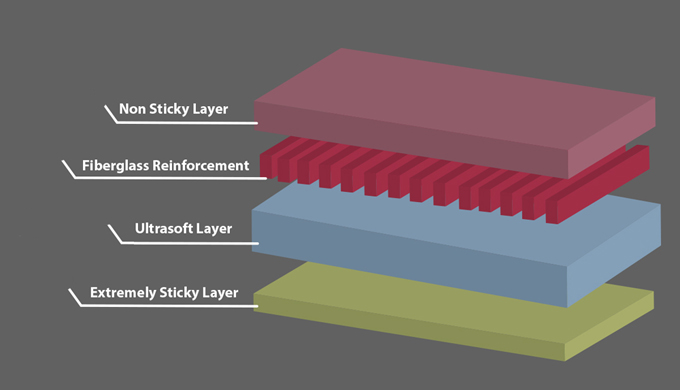News and Articles
Related Product
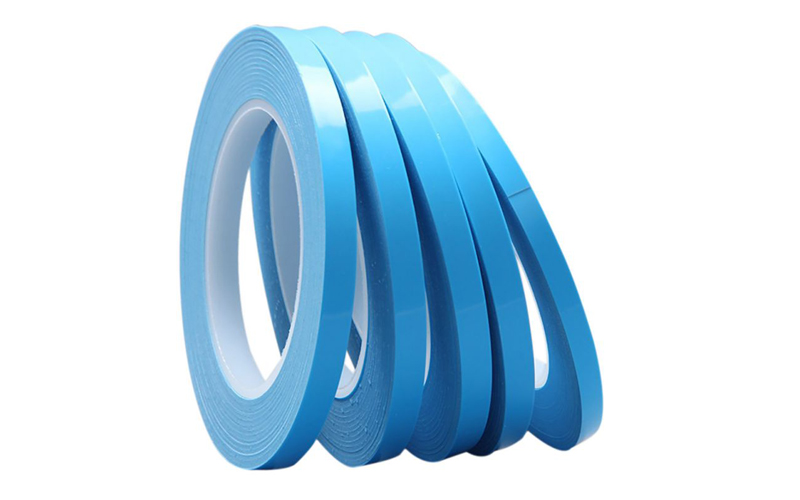

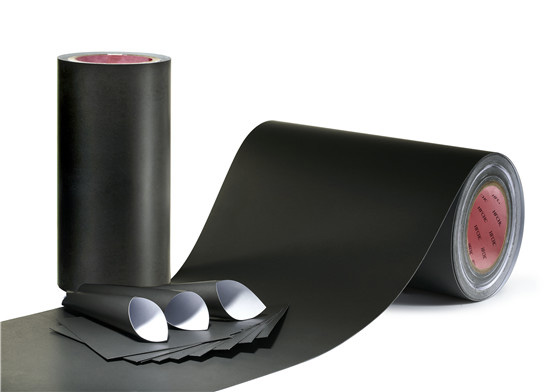

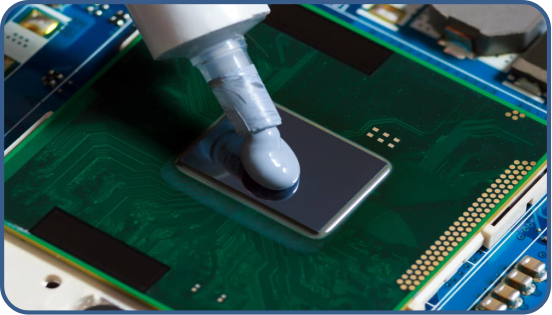

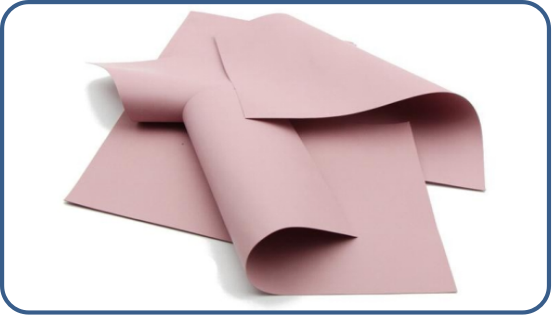

Share Article
The Working Principle of Thermal Pad Materials
A thermal pad is a type of interface material used to fill the gap between a heat source, such as a CPU or GPU, and a heatsink. Its main function is to facilitate the transfer of heat from the heat source into the heatsink.
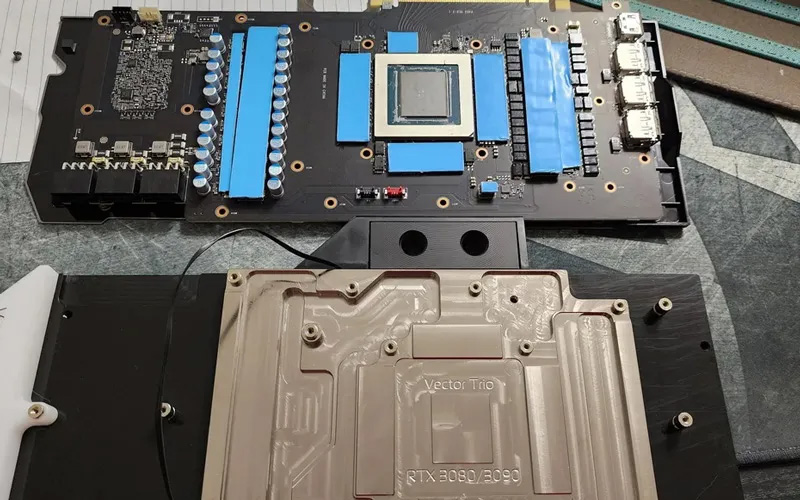
Thermal pads are made of a soft, pliable material that is able to conform to the contours of the heat source and heatsink. They are typically made of silicone or other similar materials that are good at conducting heat.
When placed between the heat source and the heatsink, the thermal pad fills in any gaps and provides a direct thermal path between the two surfaces. As the heat source heats up, the thermal pad absorbs the heat and transfers it into the heatsink, where it can be dissipated into the surrounding air.
The thermal pad is a conductive material that helps to dissipate heat from electronic components. It is usually made of a metal or an oxide-filled polymer. Thermal pads are used to transfer heat from high-power semiconductor devices, such as CPUs and GPUs, to heat sinks or other cooling solutions.
Thermal pads are typically placed between the heat-generating component and the heat sink. The thermal pad conducts heat away from the component and into the heat sink, where it can be dissipated into the surrounding air.
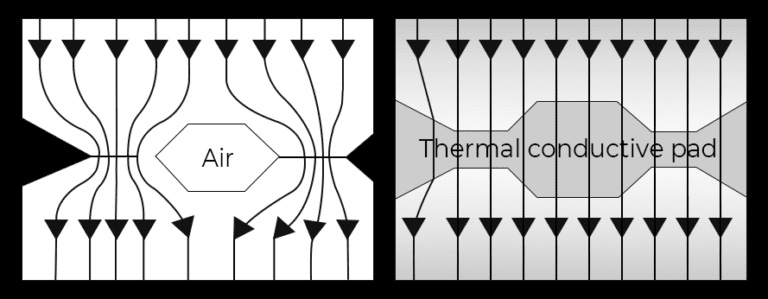
Overall, thermal pads are an effective and affordable way to improve heat transfer in electronic devices and prevent overheating.
GPU thermal pad
A thermal pad typically has a lower thermal conductivity than a metal, such as copper. However, it has several advantages over metals.
First, thermal pads are much easier to apply than metals. Second, thermal pads conform to irregular surfaces and fill in gaps between the component and heat sink.
This allows for better contact between the two surfaces, which results in better heat transfer. Finally, thermal pads are typically electrically insulating, which prevents short circuits.

